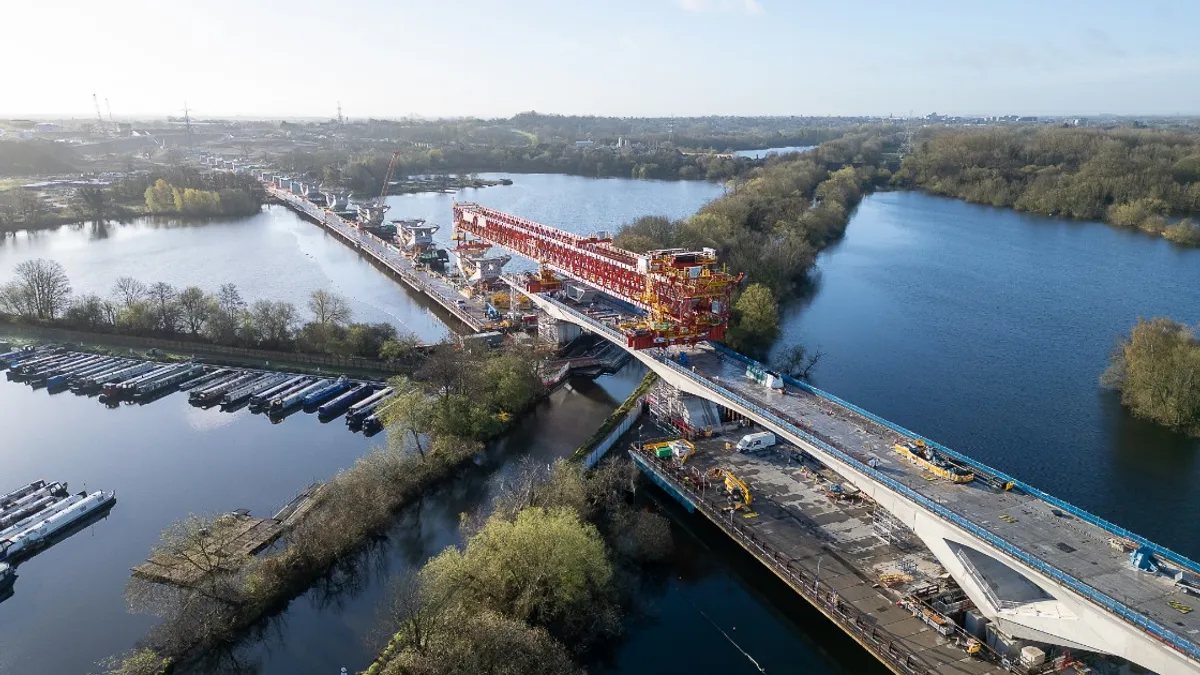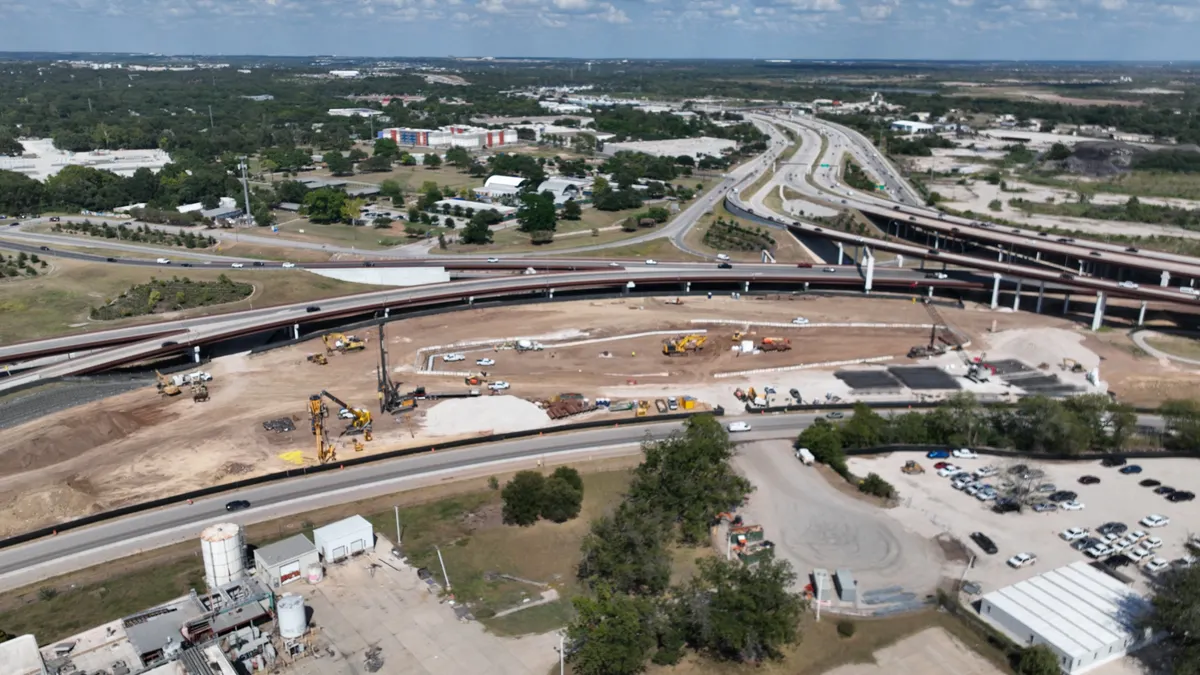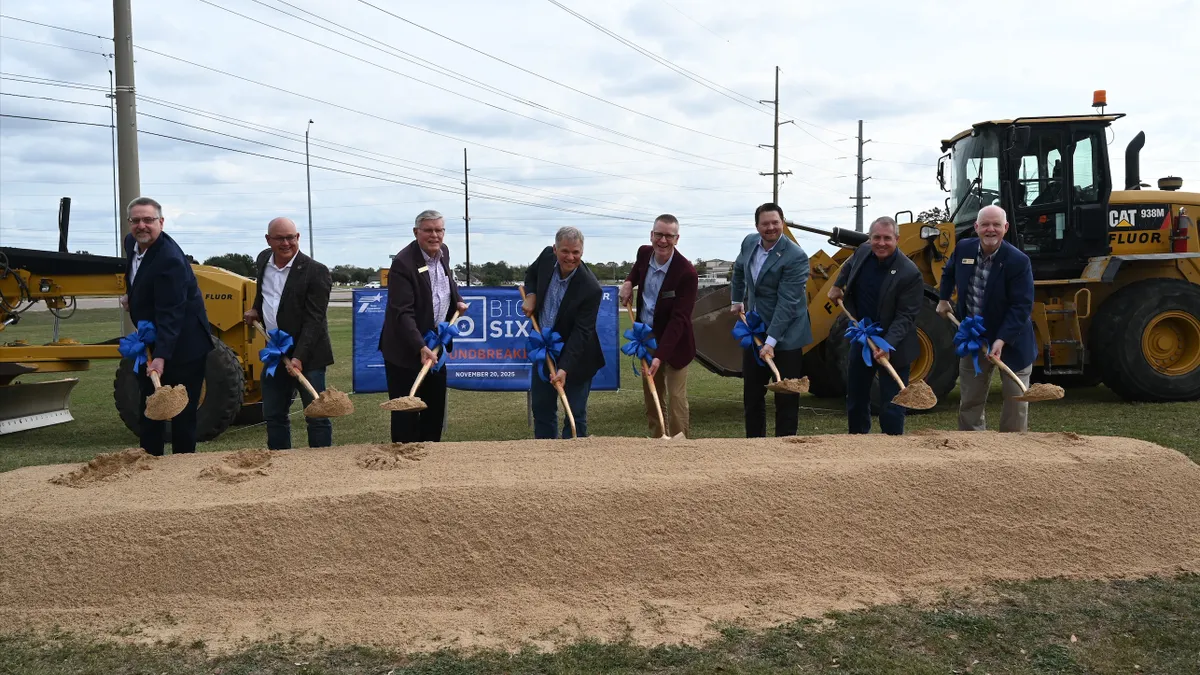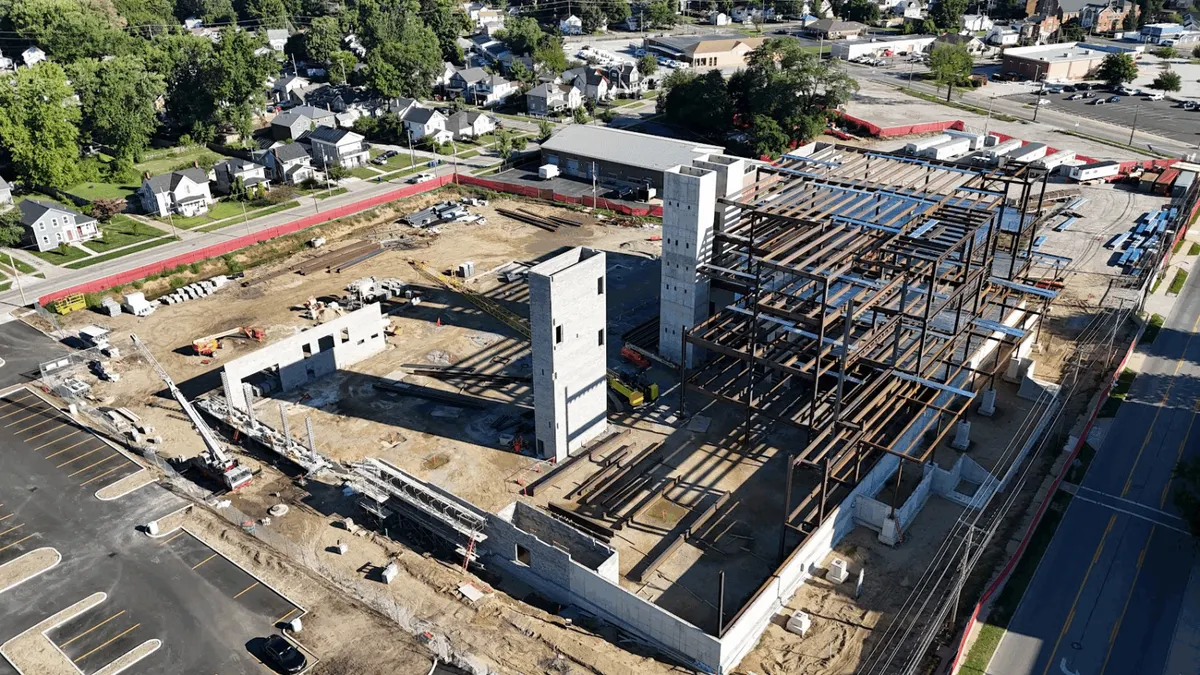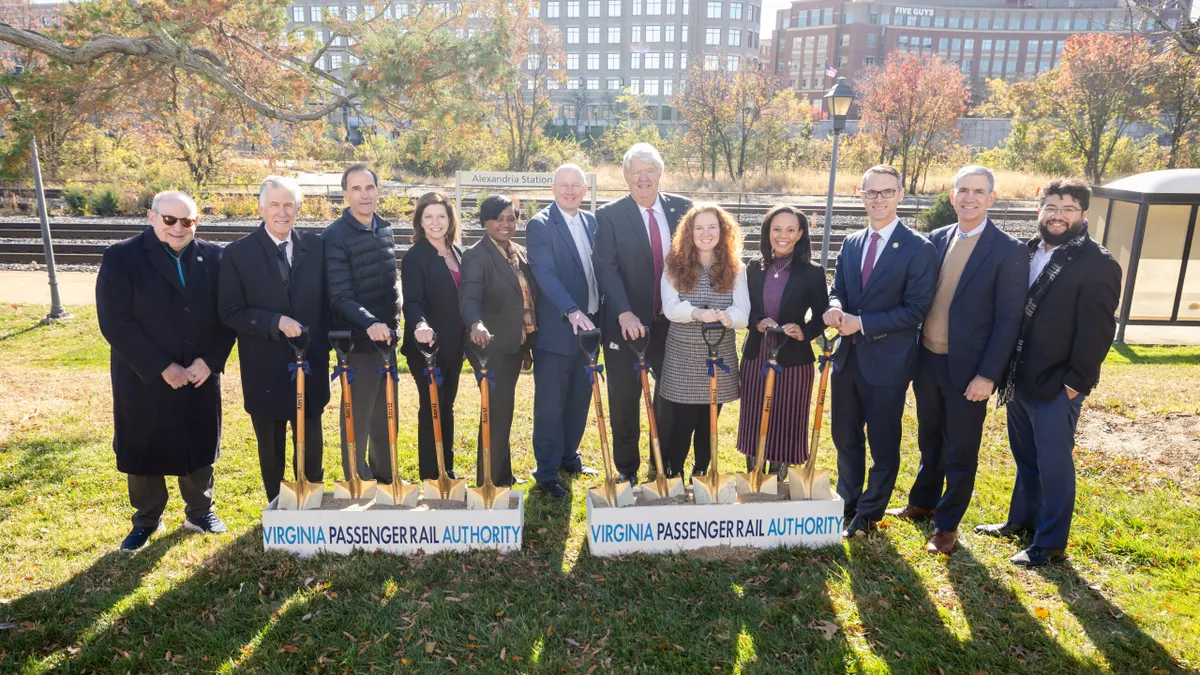During his 2016 presidential campaign, President Donald Trump made well known his distaste for the time it takes to usher a federally funded transportation project through the environmental review and permitting process. And so he promised to get rid of some or even all of the red tape and bureaucracy that follows a project from permitting through completion.
Since his inauguration, the president and his administration have attempted to make good on that pledge, eliminating or setting aside for reevaluation 860 Obama-era regulations, according to The Washington Post. Many of those rules also affected the construction industry.
On Aug. 31, a federal judge ruled that the Department of Labor's overtime rule was invalid. The Environmental Protection Agency (EPA) has proposed a repeal and modification of the controversial Waters of the United States rule. The president signed legislation repealing the Fair Pay and Safe Workplaces Act, which would have required contractors seeking federal work to reveal past DOL violations. And the DOL is considering a rollback of its "persuader rule," which would require employers to reveal previously privileged communication with consultants during employee unionization efforts.
Now, regulations that determine how some construction permits are issued could be on the chopping block after the Trump's latest executive order. It's an ambitious one that aims to streamline the environmental approvals process for "new major infrastructure projects" from a decade to two years.
Multiple stakeholders
Today, multiple agencies have a role in the environmental review and permitting processes for transportation infrastructure projects, and they often have different priorities. "If they're not [processing permits] concurrently, one agency makes a decision, and then another agency makes another [in direct contradiction]," said Jordan Howard, director of the Associated General Contractors of America’s federal and heavy construction division.
Each agency has a number of councils and departments that come into play during the process, along with independent government groups and state and local governments. Many of that lot have developed their own sets of rules over time, according to Howard. For example, the independent Advisory Council on Historic Preservation along with the National Parks Services' National Register of Historic Places and its State Historic Preservation Office have jurisdiction when it comes to disturbing, razing or renovating historic landmarks. The Department of the Interior's U.S. Fish and Wildlife Service needs to approve any plan that might harm endangered species. And the Environmental Protection Agency has a constellation of rules and acts that must be navigated during federal permitting. These include the Clean Water Act, the Clean Air Act, the Resource Conservation and Recovery Act and the Oil Pollution Act.
Permit applications can bounce from one group to another, often necessitating a redesign, Howard said. That forces the permitting process to start anew.
Does the new order mean faster approvals?
Earlier this year, developer Richard LeFrak, the intended head of the president’s now-defunct infrastructure task force, suggested using a bankruptcy court style arbitration process to expedite permitting. A clearinghouse of sorts for environmental issues, the process puts one person in charge of approvals to cut down on time.
It seems Trump was inspired by LeFrak’s suggestion when he penned his Aug. 15 executive order, “Establishing Discipline and Accountability in the Environmental Review and Permitting Process for Infrastructure.” The White House hopes the new order will reduce permitting time for big infrastructure projects.
The order attempts to eliminate inefficiency in the federal infrastructure permitting process by establishing what it calls Cross-Agency Participation (CAP) goals, creating a tracking and scoring system to improve accountability, and establishing a lead agency for each major infrastructure project.
Under the One Federal Decision portion of the order, that lead agency would coordinate with the heads of all other agencies involved in the project to expedite it through permitting. This includes federal permits being issued within 90 days of each agency signing a joint Record of Decision for each project. The Council on Environmental Quality (CEQ) will not only create an action plan for achieving a more streamlined review and permitting procedure, but it will also be the mediator among agencies if there is a conflict.
The Office of Management and Budget will hold agencies accountable, and subpar performance could lead to penalties.
"This is the first step in the administration's attempt [to try] to get a better handle on the environmental review process," Howard said. "It is something that has been talked about in the industry for a long, long time." He added that the last three highway authorization bills included some measures aimed at making the process work better, but it still ended up a slow and cumbersome process.
Other recent initiatives have made similar attempts. The Federal Highway Administration's Moving Ahead for Progress in the 21st Century Act (MAP21), signed into law by former President Barack Obama in July 2012, attempted to streamline projects while improving transparency, but it gained little traction in that regard, Howard said.
Trump's latest executive order just might give the CEQ the teeth it needs to insist on a timely consensus between permitting agencies — ideally within the already established set of rules, Howard said. Doing away with federal regulations is generally not an easy process. "You have to back out of a regulation the same way you walked in," he said. "[That means] a long notice and comment period that can take several years."
Not a perfect solution
Despite general industry enthusiasm over the rule, there are some who question whether it does enough to change the permitting process. David Fernandez, a public finance attorney and shareholder at Buchanan Ingersoll & Rooney, said a program to fast track infrastructure improvements has been a long time coming. "It's troubling that everyone [has been] in agreement that things need to be fixed, but everyone [dug] their heels in and nothing [happened]," he said. He is concerned about the rule's ultimate effectiveness because it relies on agency heads being willing to cooperate with the administration.
One controversial element of the new order is that it rescinds former President Barack Obama's Federal Flood Risk Management Standard (FRMS), which established more stringent building regulations for federally funded projects in flood zones. The directive came only a few days prior to Hurricane Harvey making landfall in Houston, and the result of the standards revocation is that those who receive federal funds with which to rebuild will likely not have to meet the higher resiliency standards, making those projects more susceptible to future flooding. State and local officials have the option to use more rigorous standards if they wish.
Natural disasters like hurricanes aren't the only threat to be considered in the coastal and other flood-prone areas to which the FRMS applied. Howard said states should be looking at the ongoing environmental threat from sea-level rise and establish building regulations to manage water intrusion for the long-term.
Construction groups like the National Association of Home Builders and the AGC are behind FRMS strike-down, in particular, Engineering News-Record reported. Jimmy Christianson, regulatory counsel for the AGC, told ENR that the Obama-era rule created "a new layer of confusion" around floodplain management and made it difficult to determine how to incorporate the directive into projects.
The new order will be effective 30 days from Aug. 24, 2017, the date it was published in the Federal Register. However, the order gives agencies an opportunity to evaluate their current processes as part of the new permitting strategy. So, in all likelihood, the industry won't see substantive changes immediately.
For Fernandez, finding a way to accelerate the process by which major infrastructure projects are approved is critical. "The reality is that time is not on our side," he said. "Let's find the best path of least resistance to make it happen."






